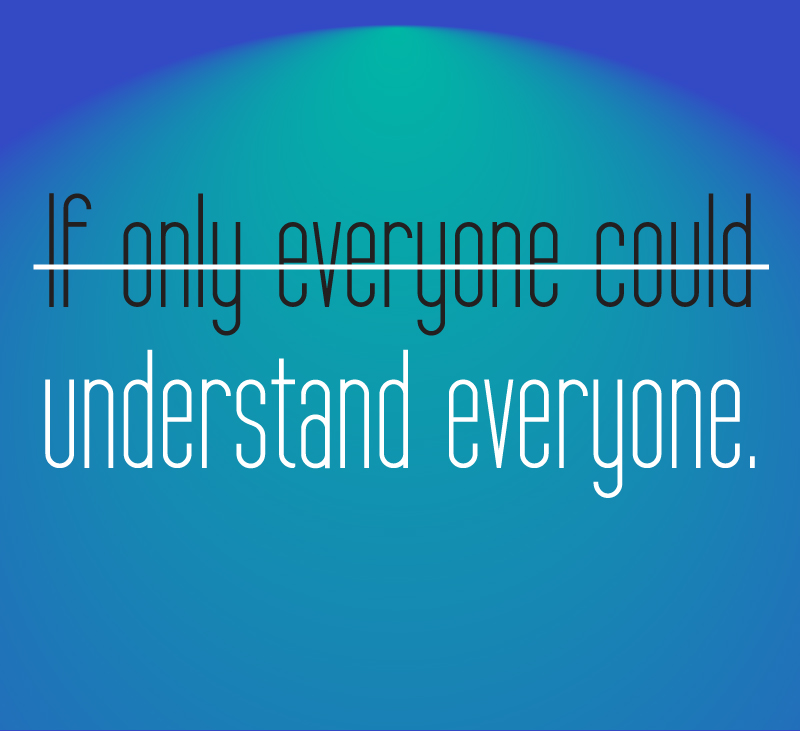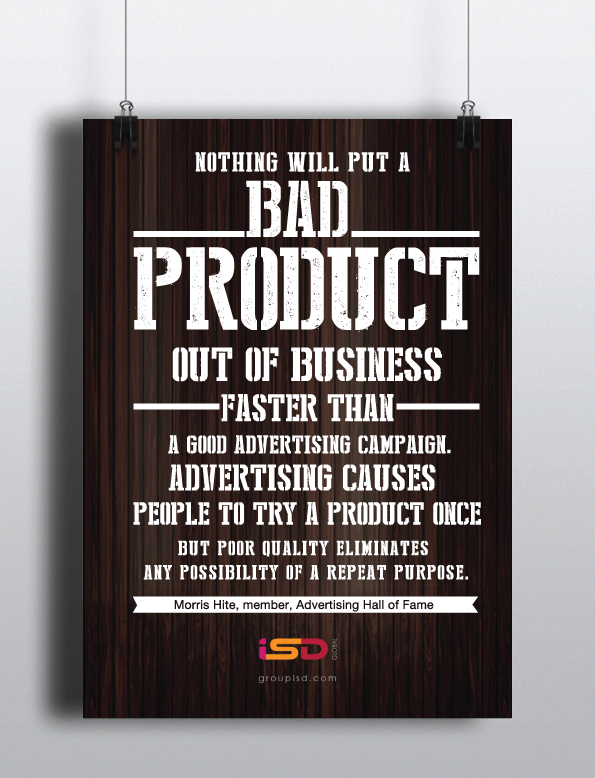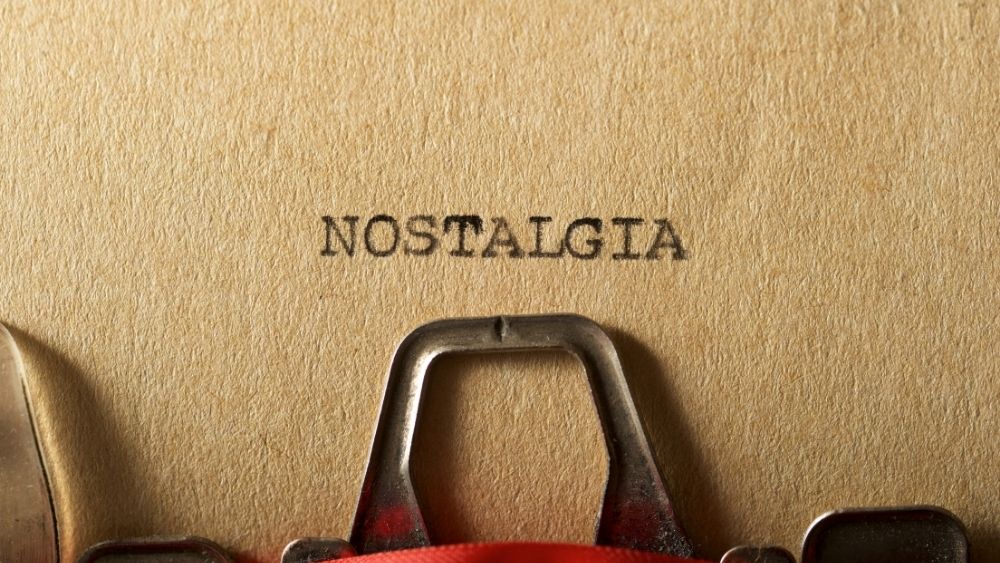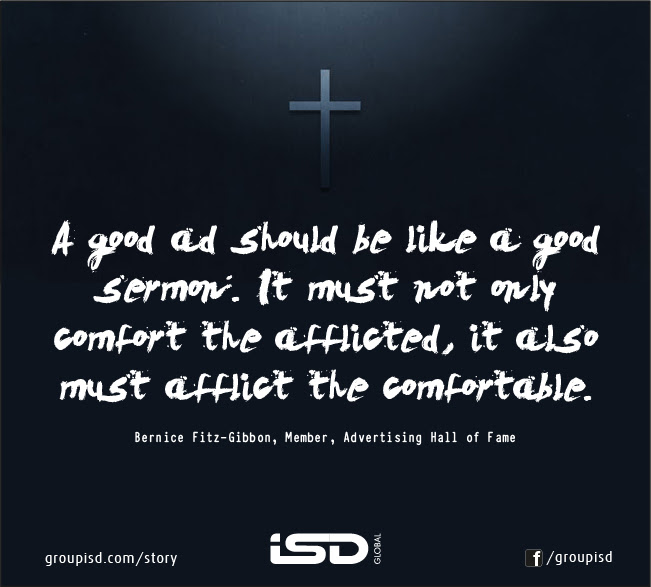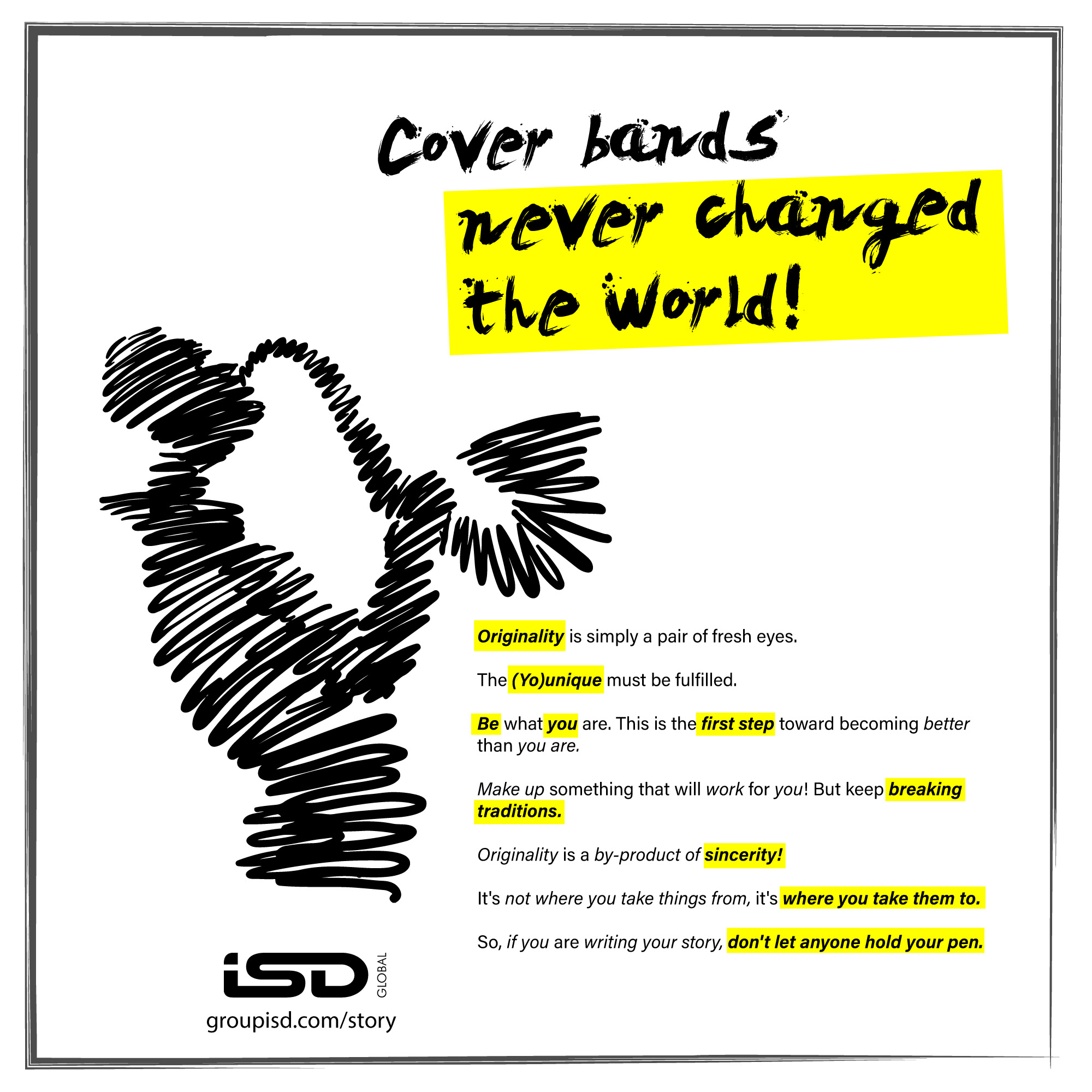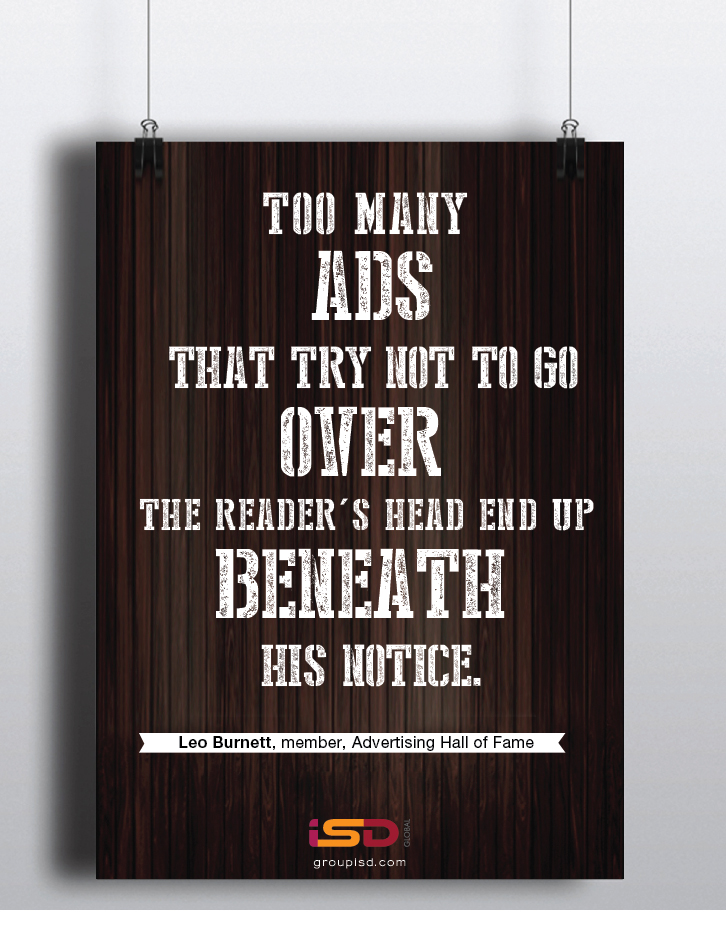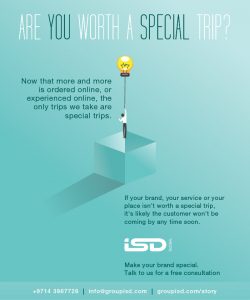If you are one of the marketers who embraces convention, no one will point a finger at you if you were to follow the norm that has been practiced for years. Build/produce/manufacture, brand, market, sell. Justified linear thinking.With strong empirical evidence( I mean brand and business success) to boot.
With so many years of conventional wisdom( that also is the wisdom of the crowds that drive collective bias) in the ring, it would have been a really uphill task for any brand to alter(let alone disrupt) the narrative. But there is something about audacity and moonshots that make them perfect partners in rhyme.
I devote this blog post predominantly to understand marketing from a new lens- the one that brand Tesla is scripting so brilliantly. Directed by Elon Musk(Iron Man). Allow me to go back a few years.
It’s the 4th of April, 2016. The Tesla Model 3 is being launched in the US. It sports a price tag of US$ 35,000 and bookings can be made with a U$1,000 down payment. Then history unfolds. A whopping 276,000 cars were booked(read pre-sold) on the day, probably a first ever in automotive marketing . And Tesla gathered US$ 276 Million in upfront cash. And here’s where the story gets interesting. There was not even a model car ready. All the sales happened courtesy a few photographs of the Model 3. That’s it. There’s more. There was not even a single car that had gone into production. The first promised schedule for delivery of the Model 3 was late 2017, that was a good 18+ months away. Tesla had disrupted automotive marketing on it’s head and how.
Let’s try to understand more of the phenomena that is brand Tesla.
- Tesla’s $0 marketing budget is incredibly awesome marketing
- Tesla Motors has no advertising, no ad agency, no CMO, no dealer network. And that’s no problem. – AdvertisingAge
- If you drop by the Tesla forums, you’ll see a community of passionate fans discussing how to market Tesla better. There are over 55,000 people subscribed to the /r/teslamotors subreddit. The brand has clearly struck a chord with its fans.
- Tesla fans are crazy advocates. They attach deep emotional significance to the car. They’re not just paying for a mode of transportation, they’re paying for a slice of the future.
- Prior to the Model 3 launch, Tesla had introduced the P100D Ludicrous– a luxury model priced over US$ 80,000(base level) with upgraded versions well over US$ 100,000. The marketing masterstroke was in the message conveyed. ” While the PD100 Ludicrous is an expensive vehicle, we want to emphasise that every sale helps pay for the smaller and more affordable Model 3 which is under development. Without customers willing to buy the expensive Model S and X, we would be unable to fund the smaller, more affordable Model 3 “. This is brand positioning at it’s masterful best, making a luxury purchase almost into a charitable act.
- Every element of the Model S – from the recharging technology to the drag coefficient of the car – is presented as the pinnacle of research and engineering.
- By eschewing marketing completely, Elon Musk is actually communicating that Tesla is focused on ground breaking technology.
- Tesla the brand transcended from being just another automotive player in the business to encompass economics, politics, world power to have global energy NOT driven by oil. In the process, creating the marketplace, the eco system where they are the game. As also the game changer.
“ BMW has a marketing department called engineering.” – Seth Godin
These things obviously don’t bother Musk too much. If one were to give him an advertising budget, he is sure to divert that into production. And the final result: an even more incredible car. And inspite of NO Advertising, he gets the world talking about his brand, especially the people who matter.
How does Tesla manage to do all of this free of cost which other brands would spend millions to buy?
First, build something that matters to people. Then, tell a story that resonates with people. Just like iPhones/iPod and Steve Jobs, electric cars are a great story. The greatest stories are aspirational, representing the triumph of passion, conviction, persistence and diligence.
” I know a lot of very wealthy people. Most of them made their money in technology. I don’t think Bentley or Rolls-Royce is anywhere near the top of very many of these people’s idea of an impressive car. A Tesla is more like it “. – Jimmy Wales, on Quora
This sort of advertising is earned, not bought.
You earn this sort of attention by making something truly newsworthy. Or saying something newsworthy.
” The public tends to be, as they should, interested in things that are precedent and superlatives.” – Elon Musk
Musk is all over YouTube. The media is chasing him nine to the dozen. Why? Because he is always working on cool, fascinating, path breaking projects.
Musk is a CEO who understands the power of showmanship(tonnes of interviews, cameo roles in films and media appearances.
Just Google ‘ Elon Musk says ‘and you will get the most quotable of quotes that media loves to lap up and carry forward.
The Hyperloop is something that Musk is NOT planning to make but delivers great PR for him as a tech visionary.
At most times,Tesla has more orders than they can build – that in itself is great marketing.
Tesla has demonstrated that brands and organisations can move on from a Build/produce/manufacture, brand, market, sell model to that of a brand, market, sell, build one. Welcome to the next normal.
As William Gibson would say, “The future is already here – it’s just not very evenly distributed.”- which will be nothing like what we have experienced before, we’re all going to be completely re-evaluating so many aspects of our lives: education, medicine, work, social responsibility, inner calling, the list goes on. And under the aegis of the Covid 19, all of this is happening remotely right now. And the question for a lot of companies and brands is going to be: Now that this shift has happened, am I still relevant? Does what I do still make sense? Am I serving an essential function, especially in a time when everyone is being careful about their finances?
Answering in the affirmative will separate the men from the boys. Wanted. More Musketeers!
ENDS
https://www.groupisd.com/story
https://www.brandknewmag.com
https://www.weeklileaks.com
https://www.brandknew.groupisd.com
